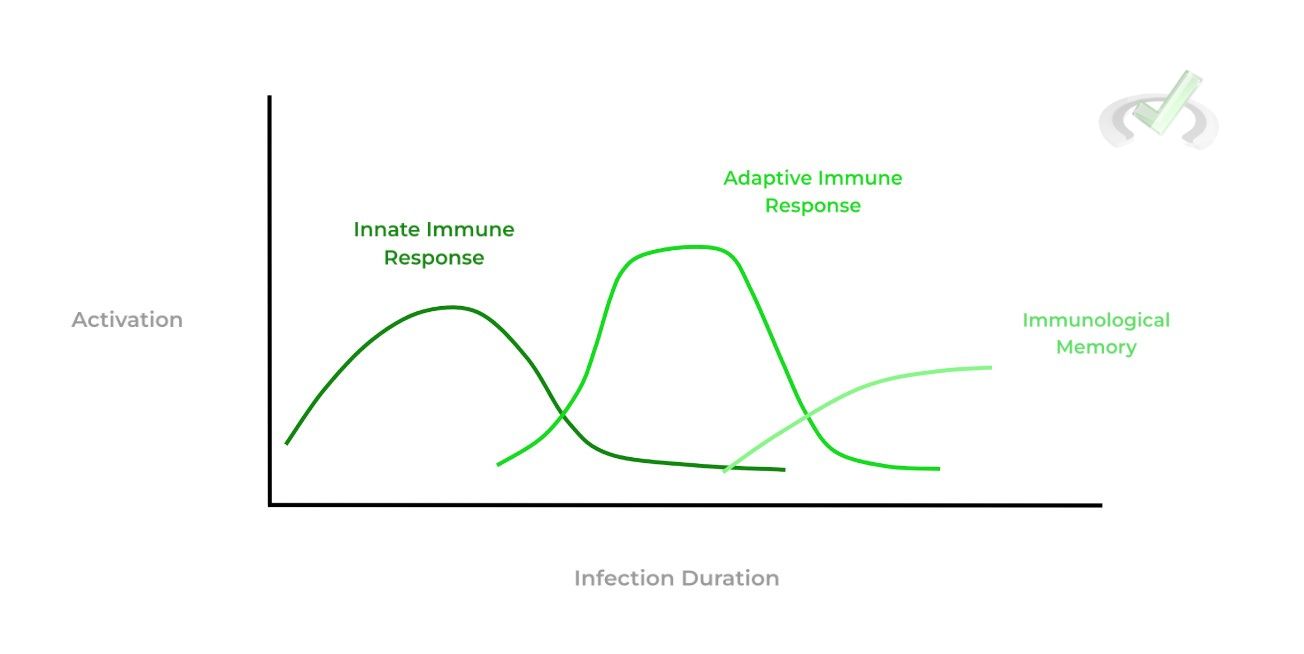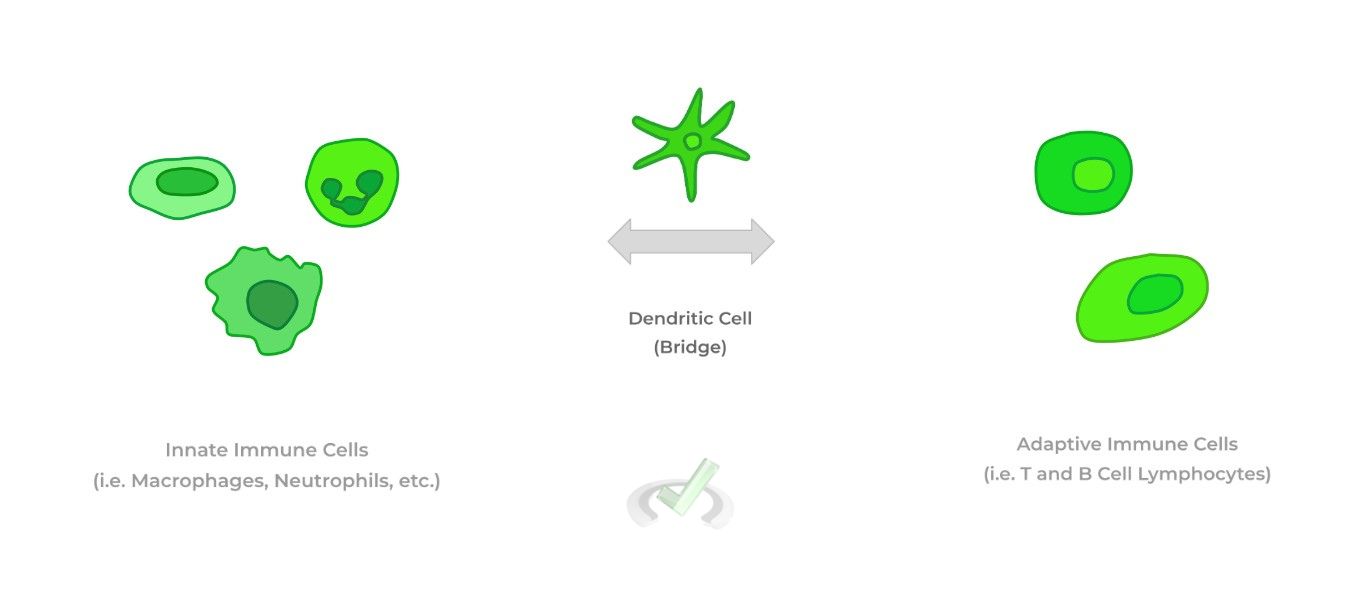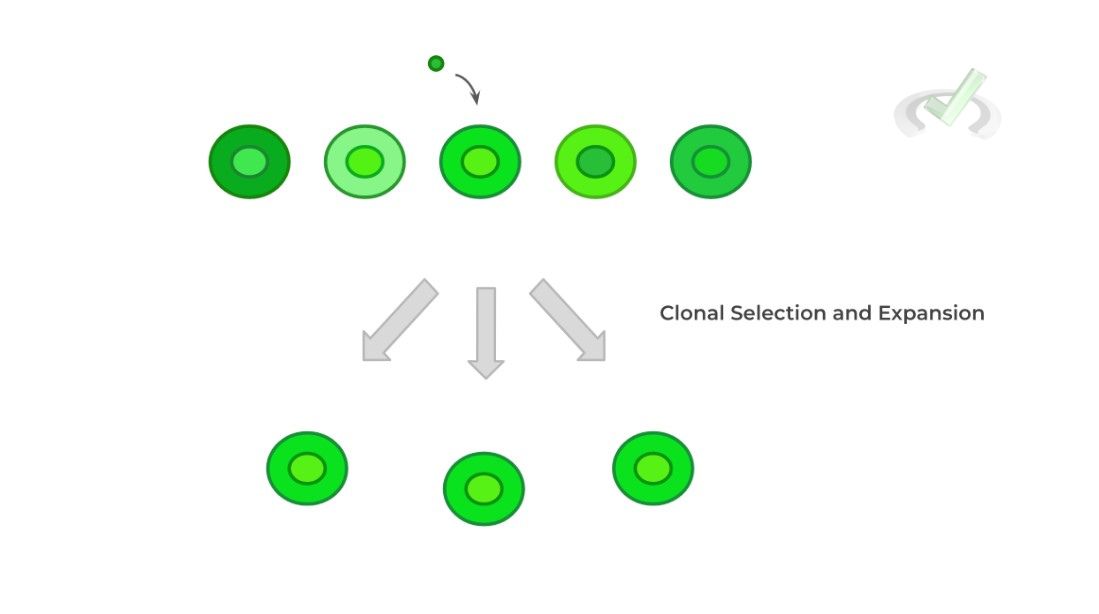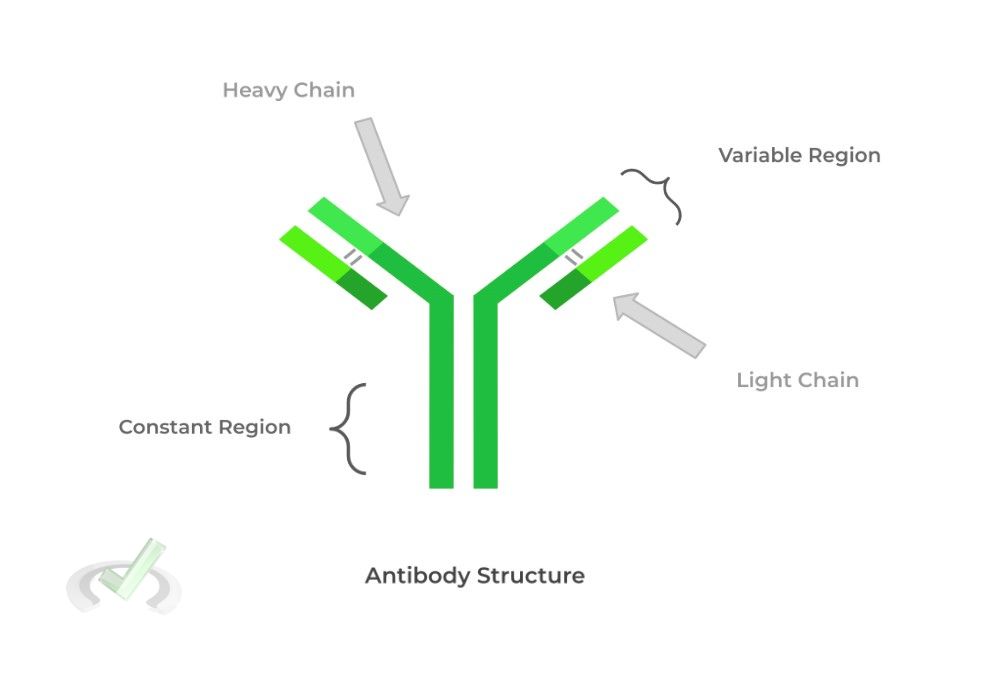“Defense. Wins. Championships.” Though a phrase usually associated with team sports like basketball, football, and soccer, it also has some application in our human body! However, in this case, our championship is a healthy body, free from infection.
Arguably the most complex organ system in the body, the immune system is responsible for protecting our body from the possible infectious diseases that can arise from invading pathogens. Being such a fascinating topic, we really encourage you all to take an immunology course in college if you have the chance!
This guide introduces you to a general overview of the immune system, the associated cells and processes, and how they’re all interconnected in function. Let’s get started!
Immune System on the MCAT: What You Need to Know
Topics on the immune system will be tested on the biology section of the MCAT can appear both as passage based and fundamental discrete questions.
Though there are no guarantees to how many immune system related questions will appear, an average (give or take) can be around 3 - 5 questions covering the immune system.
Introductory biology account for 65% of the content covered in the Biological and Biochemical Foundations of Living Systems section (Bio/Biochem) and 5% of content tested in the Chemical and Physical Foundations of Biological Systems (Chem/Phys), and 5% of material on the Psychological, Social, and Biological Foundations of Behavior (Psych/Soc).
Important Sub-Topics: Immune System
An important idea and strategy to keep in mind when studying the immune system is that all the cells and processes are all interconnected. As such, it’s best to build from the ground up: starting with the basic fundamentals and eventually getting into a more detailed, microscale view!
Note also that a lot of what the MCAT covers on the immune system are generalities! This is much needed with an organ system as complex as the immune system!
1. Innate v.s. Adaptive Immune System
The immune system is divided into the innate and adaptive immune system, each with its own set of cells and characteristics.
The innate immune system is characterized as being your first line of immune defenses and is fast to act upon infection. It’s also characterized as nonspecific as its cells can recognize a broad range of antigens but lacks the specificity that adaptive immune cells have for a particular antigen.
Conversely, the adaptive immune system is your second line of defense but is much slower to act due to the time consuming process of selecting and expanding the specific adaptive immune cells for an infection. Additionally, this system also results in the development of immunological memory.
Full Study Notes : Innate v.s. Adaptive Immune System
For more in-depth content review on the innate and adaptive immune system, check out these detailed lesson notes created by top MCAT scorers.
2. Cells of the Innate and Adaptive Immune System
There are numerous cells associated with the innate immune system: let’s start off with the main ones! Neutrophils and macrophages are phagocytes as they partake in phagocytosis, the engulfing and digesting of pathogens from the external environment.
Mast cells are important in mediating inflammation by releasing histamine, which allows for vasodilation to allow more immune cells to the site of infection. Natural killer (NK) cells mediate the killing of virally infected cells by monitoring changes in the cell’s MHC expression.
Luckily, there are only 2 adaptive immune cells: T and B cell lymphocytes! The specificity of these cells is due to the specificity of their receptors for a specific antigen!
T cells are further divided into CD8+ cytotoxic T cells and CD4+ helper T cells, which are a part of cell mediated immunity. B cells are responsible for producing antibodies and are involved in humoral immunity.

Additionally, as shown above, the dendritic cell is an innate immune cell as it acts as a mediator between the innate and adaptive immune system. After phagocytosis of pathogens, dendritic cells then present those antigens to allow for T and B cell activation!
Full Study Notes : Cells of the Innate and Adaptive Immune System
For more in-depth content review on the various cells of the innate and adaptive immune system, check out these detailed lesson notes created by top MCAT scorers.
3. Primary (1˚) and Secondary (2˚) Lymphoid Organs and Tissues
The primary (1˚) lymphoid organs include the bone marrow and thymus, which are the organ sites for B and T cell maturation, respectively.
While there are many, some of the main secondary (2˚) lymphoid organs include the lymph nodes and spleen and also includes tissues such as mucosal associated lymphoid tissues (MALT), which underlie various mucosal epithelial tracts such as in the GI and respiratory tracts.

These 2˚lymphoid organs and tissues house B and T cell lymphocytes ready to be encountered and eliminate pathogens as these are the areas pathogen encounters are most likely.
Full Study Notes : Primary (1˚) and Secondary (2˚) Lymphoid Organs and Tissues
For more in-depth content review on primary (1˚) and secondary (2˚) lymphoid organs and tissues, check out these detailed lesson notes created by top MCAT scorers.
4. Antigen Presentation
In order to present a digested pathogenic antigen, usually a peptide, to a T cell receptor to initiate T cell function, cells will utilize a protein complex called the major histocompatibility complex (MHC) also known as human leukocyte antigen (HLA).
While there are numerous subtypes, there are 2 main subdivisions of MHC molecules that need to be distinguished because they present to specific effector T cells. MHC-1 molecules present antigens to CD8+ cytotoxic T cells while MHC-II molecules present to CD4+ helper T cells.

MHC-1 molecules are present in all nucleated cells as an internal presentation pathway as cells must first be infected by a pathogen in order to allow for digestion and presentation of pathogens.
MHC-II molecules are only present on specific antigen presenting cells (APCs) such as B cells, dendritic cells, and macrophages and represent an external presentation pathway as pathogens are rather taken up external through phagocytosis to be digested and presented.
Full Study Notes : Immune System: Antigen Presentation
For more in-depth content review on antigen presentation, check out these detailed lesson notes created by top MCAT scorers.
5. Clonal Selection and Lymphocyte Maturation
Another unique feature which makes the adaptive immune system powerful is the clonal selection and expansion of the B and T cell lymphocytes which have the receptor specific towards the pathogenic antigen.

Additionally, before lymphocyte clonal selection and expansion, positive and negative selection of lymphocytes must occur during their maturation.
Positive selection ensures that lymphocytes that only respond to the body’s MHC molecules develop while negative selection ensures that lymphocytes that react to self-antigens are killed off during development!
Full Study Notes : Immunological Processes: Clonal Selection and Lymphocyte Maturation
For more in-depth content review on clonal selection, check out these detailed lesson notes created by top MCAT scorers.
6. Antibody Structure and Function
Antibodies are Y-shaped soluble proteins that are made and released by B cells! Their structure is composed of 2 identical heavy chains and 2 light chains, each composed of a variable region and a constant region.
Together, the variable region of the light and heavy chain composes the antigen binding site, which binds to an antigen, specifically at the epitope, in order to initiate humoral immunity.
Additionally, antibodies also exist in different isotypes formed by the constant regions of the heavy chains, with the different isotypes all having different characteristics and special functions.
Upon binding of the antibody to its respective pathogenic antigen, it has various ways to eliminate the pathogen including neutralization and opsonization.
Neutralization involves the antibodies “surrounding” the pathogen to prevent further pathogen function while opsonization takes it one step further and targets the pathogen to be engulfed and digested by phagocytes.
Full Study Notes : Antibody: Structure and Function
For more in-depth content review on antibody structure and function, check out these detailed lesson notes created by top MCAT scorers.
Important Definitions and Key Terms
Below are some high yield definitions and key terms to refer to when reviewing the immune system!
Term | Definition |
|---|---|
Innate Immunity | Division of the immune system characterized as being the fast acting, nonspecific first line of defense. |
Adaptive Immunity | Division of the immune system characterized as being the slow acting, but highly specific second line of defense. |
Primary (1˚) Lymphoid Organs/Tissue | Only includes the bone marrow and thymus, which are the site of B cell and T cell lymphocyte maturation, respectively. |
Secondary (2˚) Lymphoid Organs/Tissue | Includes the lymph nodes, spleen, MALT, etc. and house lymphocytes ready to encounter and engage pathogenic antigens. |
Neutrophils | The most abundant immune cell in the body. Similar to macrophages, they are a part of innate immunity and function as phagocytes. |
Macrophages |
One of the antigen presenting cells of the innate immune system that also functions as a phagocyte. |
Mast Cells |
An innate immune cell which releases histamine, a chemical which induces vasodilation in order to facilitate the migration of immune cells to site of infection. |
Natural Killer (NK) Cells |
An innate immune cell which kills virally infected cells by detecting changes in the MHC expression pattern on the cell surface. |
T Cells |
An adaptive immune cell involved in cell mediated immunity and can be broken down into 2 main subtypes: CD8+ cytotoxic and CD4+ helper T cells. |
B Cell |
An adaptive immune cell involved in humoral immunity through the production and release of antibodies. |
Major Histocompatibility Complex |
Protein complexes used by cells to display digested, pathogenic antigens to T cells to allow for their activation and function. |
Clonal Selection |
The selection and expansion of T and B cell lymphocytes with receptor specificity for a particular antigen. |
Antibody |
Y-shaped soluble proteins produced by B cells which can bind to pathogens and eliminate them via neutralization and opsonization. |
Additional FAQs - Immune Systems on the MCAT
A. What are Neutrophils – MCAT?
B. What is an Antigen – MCAT?
C. What do Helper T cells Do – MCAT?
Additional Reading Links – Immune Systems on the MCAT
Additional Reading: MCAT Biology Topics:
- Cells on the MCAT
- Digestive Systems on the MCAT
- Embryogenesis and Development on the MCAT
- Endocrine Systems on the MCAT
- Excretory Systems on the MCAT
- Genetics and Evolutions on the MCAT
- Cardiovascular Systems on the MCAT
- Nervous Systems on the MCAT
- Musculoskeletal Systems on the MCAT
- Reproduction on the MCAT
- Respiratory Systems on the MCAT







 To help you achieve your goal MCAT score, we take turns hosting these
To help you achieve your goal MCAT score, we take turns hosting these 





















 reviews on TrustPilot
reviews on TrustPilot